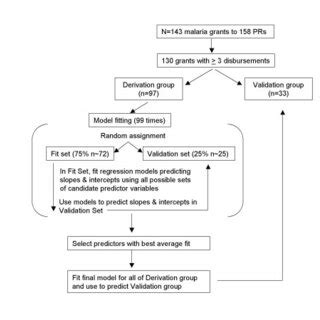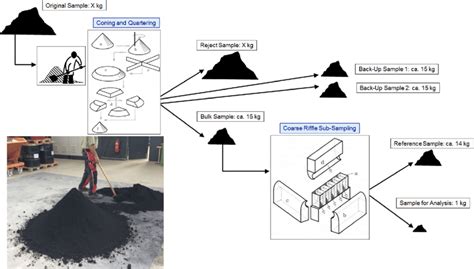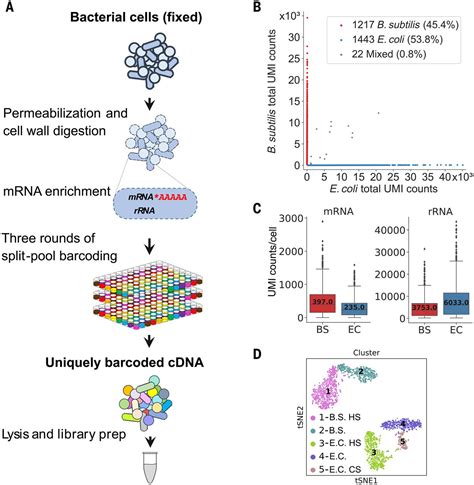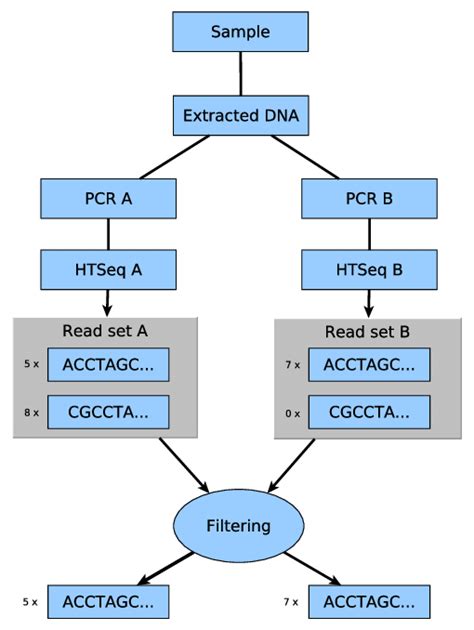The Split Sample Methodology is a statistical technique used to validate the accuracy of predictive models by splitting a dataset into two or more subsets, known as training and testing sets. This approach allows researchers to evaluate the performance of a model on unseen data, providing a more realistic assessment of its predictive power. In this article, we will delve into the details of the Split Sample Methodology, exploring its advantages, limitations, and applications in various fields.
Introduction to Split Sample Methodology

The Split Sample Methodology is a widely used technique in data analysis, particularly in machine learning and predictive modeling. The basic idea behind this approach is to divide a dataset into two distinct sets: a training set and a testing set. The training set is used to develop and train a predictive model, while the testing set is used to evaluate the performance of the model on unseen data. This allows researchers to assess the model’s ability to generalize to new, unseen data, providing a more accurate estimate of its predictive power.
Advantages of Split Sample Methodology
The Split Sample Methodology offers several advantages over other validation techniques. One of the primary benefits is that it allows researchers to evaluate the performance of a model on unseen data, providing a more realistic assessment of its predictive power. Additionally, this approach helps to prevent overfitting, which occurs when a model is too complex and performs well on the training data but poorly on new, unseen data. By using a separate testing set, researchers can identify overfitting and take steps to address it, such as simplifying the model or using regularization techniques.
| Advantage | Description |
|---|---|
| Unseen Data Evaluation | Evaluate model performance on new, unseen data |
| Overfitting Prevention | Identify and address overfitting using a separate testing set |
| Model Selection | Compare the performance of different models using a testing set |

Key Points
- The Split Sample Methodology is a statistical technique used to validate predictive models
- The approach involves splitting a dataset into training and testing sets
- The training set is used to develop and train a predictive model, while the testing set is used to evaluate its performance
- This approach helps to prevent overfitting and provides a more realistic assessment of a model's predictive power
- The Split Sample Methodology is widely used in machine learning and predictive modeling
Applications of Split Sample Methodology

The Split Sample Methodology has a wide range of applications in various fields, including finance, marketing, and healthcare. In finance, this approach is used to evaluate the performance of predictive models for stock prices, credit risk, and portfolio optimization. In marketing, the Split Sample Methodology is used to develop and validate models for customer segmentation, churn prediction, and response modeling. In healthcare, this approach is used to evaluate the performance of predictive models for disease diagnosis, treatment outcomes, and patient risk stratification.
Limitations of Split Sample Methodology
While the Split Sample Methodology is a powerful technique for validating predictive models, it has several limitations. One of the primary limitations is that it requires a large dataset to split into training and testing sets. If the dataset is small, the Split Sample Methodology may not provide an accurate estimate of a model’s predictive power. Additionally, this approach assumes that the data is randomly split into training and testing sets, which may not always be the case. If the data is not randomly split, the results may be biased, and the model’s performance may not generalize to new, unseen data.
In conclusion, the Split Sample Methodology is a widely used technique for validating predictive models. By splitting a dataset into training and testing sets, researchers can evaluate the performance of a model on unseen data, providing a more realistic assessment of its predictive power. While this approach has several advantages, it also has limitations, including the requirement for a large dataset and the assumption of random splitting. Despite these limitations, the Split Sample Methodology remains a powerful tool for developing and validating predictive models in various fields.
What is the primary advantage of the Split Sample Methodology?
+The primary advantage of the Split Sample Methodology is that it allows researchers to evaluate the performance of a model on unseen data, providing a more realistic assessment of its predictive power.
What is the main limitation of the Split Sample Methodology?
+The main limitation of the Split Sample Methodology is that it requires a large dataset to split into training and testing sets. If the dataset is small, the Split Sample Methodology may not provide an accurate estimate of a model's predictive power.
What are the applications of the Split Sample Methodology?
+The Split Sample Methodology has a wide range of applications in various fields, including finance, marketing, and healthcare. It is used to evaluate the performance of predictive models for stock prices, credit risk, customer segmentation, disease diagnosis, and treatment outcomes.
Meta Description: The Split Sample Methodology is a statistical technique used to validate predictive models by splitting a dataset into training and testing sets. Learn about its advantages, limitations, and applications in various fields.


